4 Highlights of Historic Lublin
Saturday night in Warsaw was fun but I was up before anyone else in the hostel. I had a Lublin-bound train to catch. On my way out, the receptionist and I bantered.
‘What’s the hurry? Stay here a little longer, there’s nothing much there.’
Both of us knew that she was joking, of course. It’s an old city that has played a significant part in Polish and European history. But how often do you hear about people visiting that part of Poland?
I pondered those words on the 150-minute ride on an ageing train, throughout which I sat bolt upright in a tiny cabin with five others. One’s destination never comes soon enough in such circumstances. Relief came quickly when I arrived though, in the form of my hosts, and we went on a little walk around the old city after I left my bags at their place.
The four top sights in Lublin Old Town
Lublin Castle
We started in the northern part of the town, close to the bus station, where the royal castle stands atop a knoll. It’s a place that has united and divided people; the Union of Lublin was signed here in 1569 and it served as a prison under the Tsarist, Nazi and Soviet forces.
Most of the visitors are here to check out the Trinity chapel, which is fascinating enough to get its own post on the blog. Just follow that link.
The chapel opens just a few times a day, so while waiting for that we explored the rest of the castle. The top of the keep affords a very decent view of Lublin’s compact old town and the surrounding region. Jan Matejko’s historical painting of the Union of Lublin is also part of the collections.
The Rynek
The town is at its most crowded on Sundays when a flea market takes over the cobblestone streets and the square. It’s not exactly heaving with people (most of them seem to be Poles) but the stalls and bric-a-brac on sale make the passages even narrower.
The square itself is dominated by the old Crown Tribunal. The officials didn’t have a reputation for being competent though. Legend has it that Satan himself once intervened gave a widow a fairer settlement. In keeping with the theme, we found a restaurant named Beelzebub among the burgher houses that surround the square. While the enormous tartines were tasty, eating right next to a lifesized Baba Yaga wasn’t easy.
The Piwnica pod Fortuną is located inside No. 8 on the north side of the square. The former Lubomelski house is now a little museum with multimedia displays that show life in Lublin through the ages. However, the highlight has to be the little cellar decorated with floral motifs and snarky secular murals from the Renaissance. Mind that ceiling!
Krakow Gate
The street leads to the Brama Krakowska (Krakow gate) to the south. This would be the first thing in the historic centre that most people will see as they alight the bus from the train station. From here there are trolleys and buses that go to the industrial areas (Perła beer and Jadwiga mead are brewed here), the former Majdanek concentration camp and the Skansen open-air museum.
The gate isn’t massive but its Baroque tower is distinctive. If you’ve heard the Hejnał in Kraków, no, you haven’t heard them all – the tune that is played at noon every day in Lublin does not end mid-note.
Click to read Reflections at Majdanek
Lublin Archcathedral
Until now I haven’t mentioned the churches, of which there are plenty. We walked east of the gate to get to the Cathedral. The top of the Holy Trinity tower is accessible for those who need a panorama that includes Lublin castle. I was happy with what I got in the morning though.
I’d never heard of Jozef Mayer but his splendid trompe l’oeil ceiling should come with a warning about neck injuries. Unlike the Sistine Chapel, there crowd surfing to keep one moving along towards the exit while he strains his neck to see the biblical scenes depicted in the vault.
Lublin won’t keep many people captivated for more a week like Warsaw or Krakow might, but there’s far from nothing to see there. If one is keen on historic attractions (and perhaps a spot of alcohol shopping at the nearby breweries) without the ever-growing crowds elsewhere, it’s worth the detour or a stopover on the way to Ukraine.
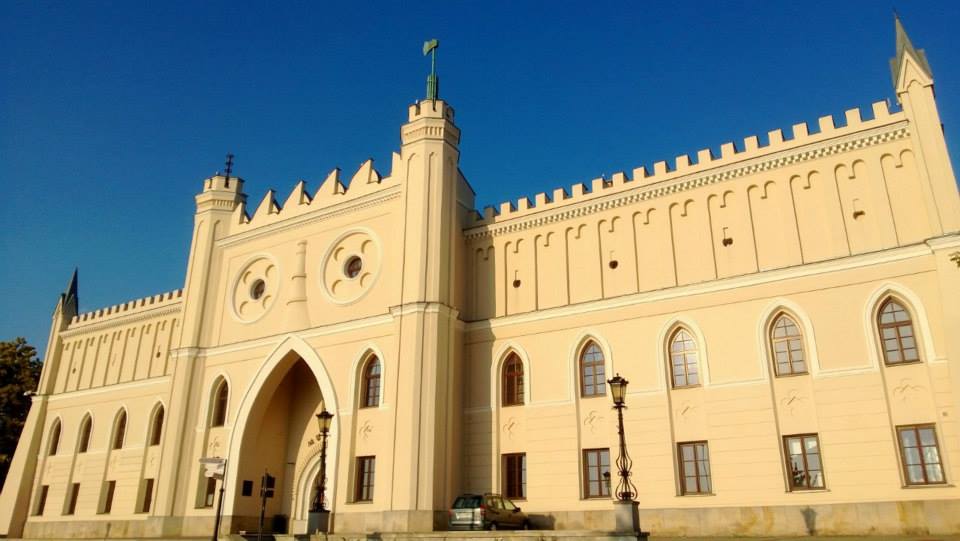
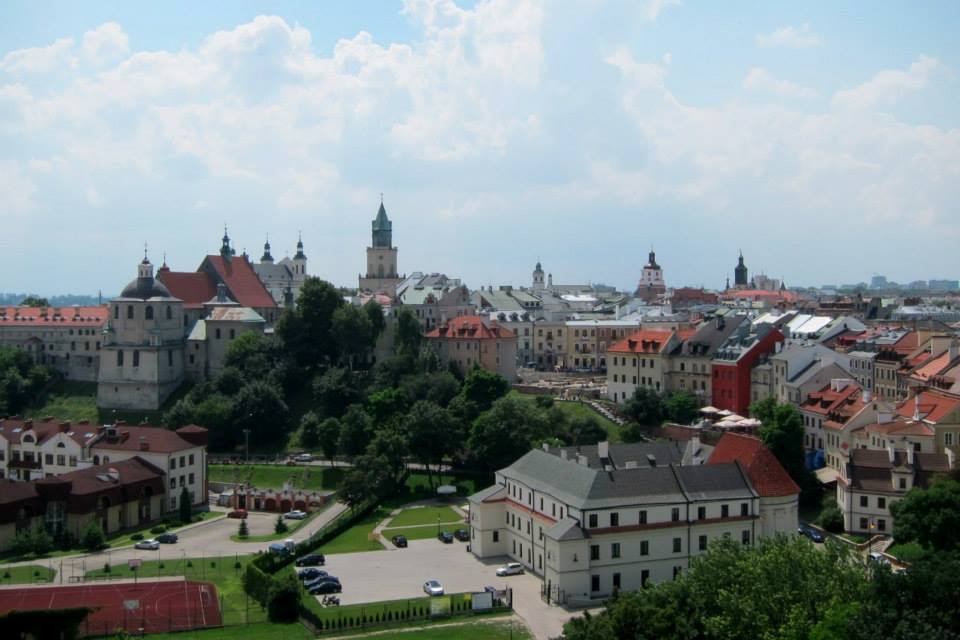

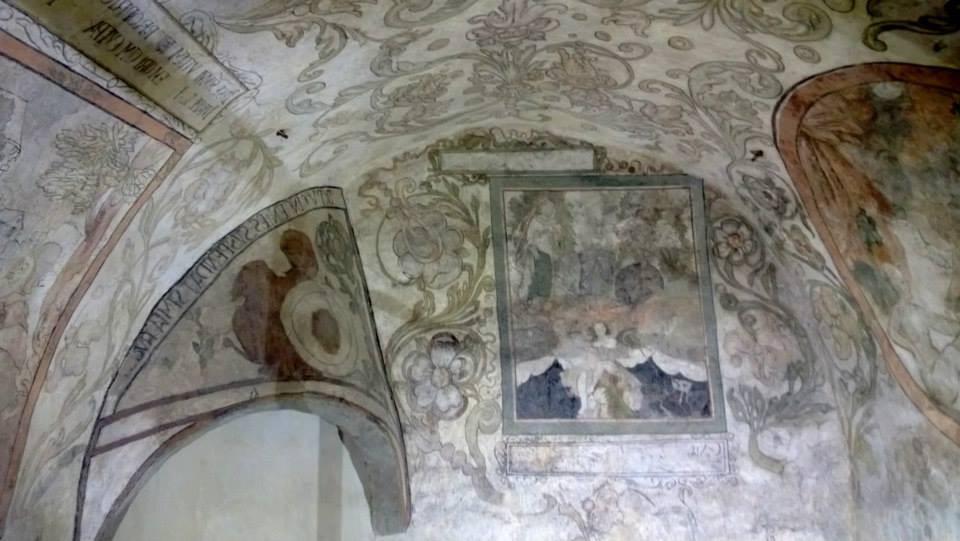
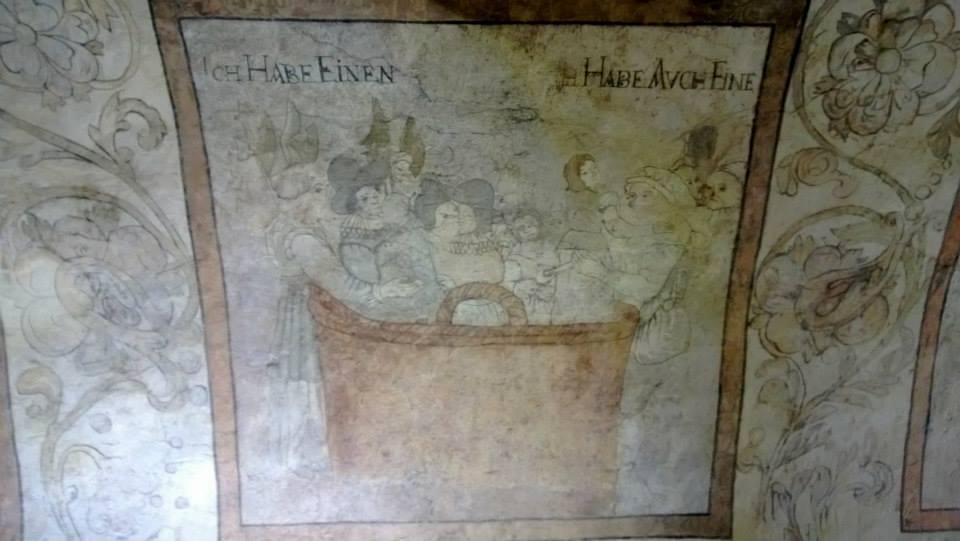
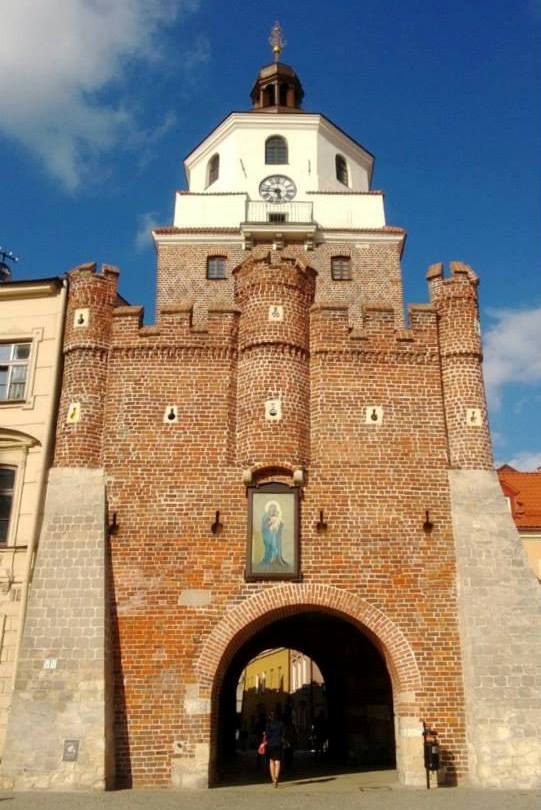



05/06/2015 @ 6:19 PM
I wanted to visit Lublin when I was staying in Warsaw but never got around to it in the end. Sorry I missed it!
13/06/2015 @ 1:26 PM
That’s a shame, but perhaps you could do it on a road trip to Ukraine next time? :)